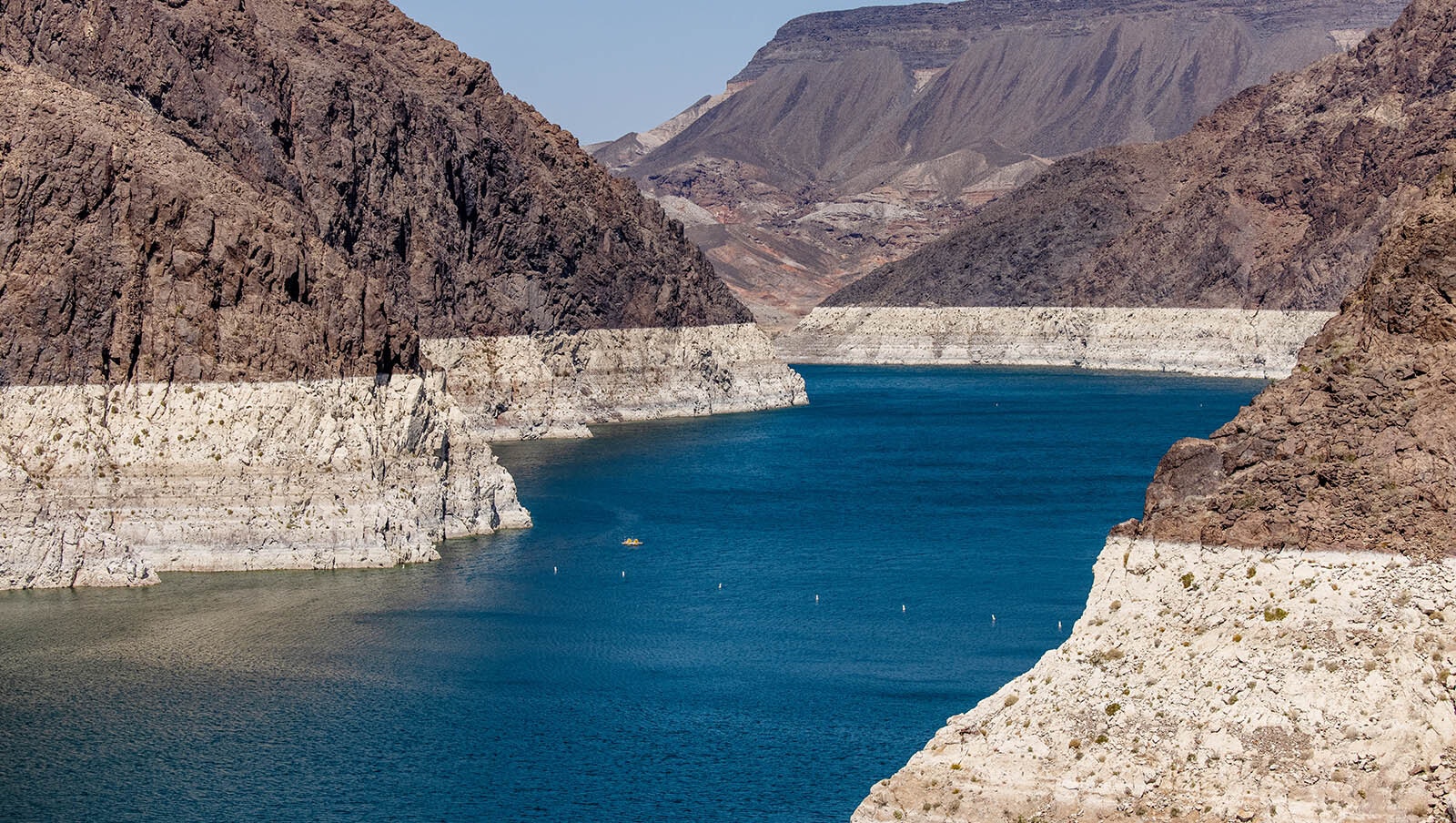Problems may spread from the top down, but for the Colorado River’s impact on Wyoming, it’s just the opposite.
For that reason, farmers and ranchers in southwest Wyoming are keeping a watchful eye on a historic drought affecting the states downriver on the vital Western water artery.
While it’s been widely reported that water those farmers depend on could be restricted in 2025 because of drought, that’s not the case.
“There have been a couple of media outlets that reported that 2025 would be the start of curtailment, and that’s not accurate,” said Wyoming State Engineer Brandon Gebhart.
Lifeblood For The West
The Colorado River supplies nearly 40 million people in the West with drinking water and it irrigates about 5 million acres of farmland.
The U.S. Southwest is in a 22-year drought, which a recent study by Nature Climate Change estimated is the worst the region has seen in 800 years.
According to the U.S. Department of the Interior, the Colorado River is managed and operated under numerous compacts, federal laws, court decisions and decrees, contracts and regulatory guidelines, which are collectively known as the “Law of the River.”
The Law of the River goes back a century and decides who along the mighty river gets the available water.
Turbulent History
As with anything federal, things don’t always make complete sense.
For example, the highest seniority claims to the Colorado River’s water belong to 200 landowners in the Imperial Valley, which is a stretch of desert that’s been long irrigated into lush farmland near the end of the river just north of the U.S. border with Mexico.
The Los Angeles Times reported that the valley is allotted 3.1 million acre-feet per year from the river, which is about 20% of the river’s total water allocated across seven states in the West. It’s as much water as Arizona and Nevada combined receive every year.
The Imperial Valley has never been shorted its water allocation since the Colorado River Compact of 1922 was passed, which is the cornerstone of the Law of the River, according to the DOI.
Who Gets The Water?
The Upper Colorado River Basin Compact of 1948, which created the Upper Colorado River Commission, allocates water in the upper Colorado river system to five states, including Wyoming, which gets 14% of the allotment.
The states have obligations to the lower basin not to deplete the flow of the river below a certain threshold. Wyoming shares part of that legal obligation, along with the other upper basin states.
Depending on myriad factors, including level of drought, the upper basin’s flow to the lower basin could fall beneath the threshold starting in 2025. That’s when potential conflicts could begin.
“We’ve identified that that’s a point where we realized there’s a disagreement in the Law of the River,” Gebhardt said.
Depending on how the discussions at the commission go — as well as other unknowns — curtailments could begin around 2028.
What It Means For Wyoming
These curtailments wouldn’t likely leave Wyoming without any irrigation, but it would have negative impacts.
Mike Vickrey, president of the Southwest Wyoming Cattlemen’s Association, said those with water rights that allow them extra water only have that water if it’s available.
“We’re going to be impacted because they’re going to take away the extra water you’ve been using. But our original water wouldn’t be impacted right now,” Vickrey said.
Vickrey said he thinks it’s possible that when there aren’t a lot of farmers flood irrigating, which is a method of irrigation where water is poured between rows, aquifers will start to dry up. Then, springs stop flowing and creeks dry up.
But none of that is certain, he said.
“I’ve lived here my whole life, and you think you have all the water in the world,” he said.





